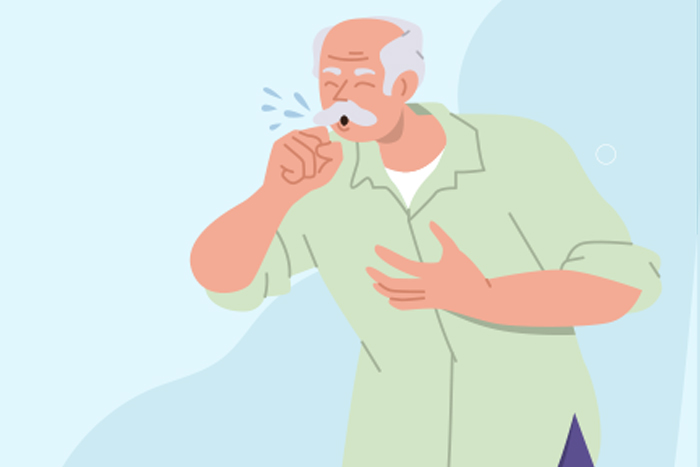Asthma is a condition that affects your lungs. If you have asthma, your airways are always a little swollen. But sometimes, they can get much worse, and that’s when you might have what’s called an asthma attack. These attacks can come on fast and make it very hard to breathe. Knowing the signs and what to do can help you stay safe and feel more in control.
In this article, we’ll walk through what happens during an asthma attack, what signs to look for, when to call for help, and what you can do at home to feel better.
What is an asthma attack?
During an asthma attack, the airways in your lungs get tighter, swollen, and filled with mucus. This makes it hard for air to move in and out. It can feel like trying to breathe through a straw. Attacks can be mild or severe. Some last a few minutes. Others can last much longer and be life-threatening. You may cough frequently or experience coughing attacks.
What causes an attack to start?
Many things can trigger an asthma attack. These are called "triggers," and they are different for everyone. Some common ones include:
Breathing in cold air
Getting sick with a cold or flu
Dust, pollen, or pet dander
Smoke, strong smells, or air pollution
Exercise
Stress or strong emotions
If you know your triggers, it’s easier to avoid them. But sometimes, even with care, an attack can happen.
Signs of an Asthma Attack
It’s important to know the signs so you can take action quickly. You may notice some or all of the following:
Shortness of breath
Coughing that won’t stop
Wheezing (a whistling sound when you breathe)
Tightness or pain in your chest
Trouble talking or walking
Fast breathing
Pale or gray lips or fingernails
Feeling scared or anxious
If you use a peak flow meter—a small handheld device that measures how well air moves out of your lungs—a reading much lower than your normal number can also be a sign of an attack.
What to Do During an Asthma Attack
Sit up straight. Don’t lie down. Try to stay calm.
Use your rescue inhaler. This is often a quick-relief inhaler like albuterol. Take it exactly as your doctor told you.
Wait and watch. If you start feeling better, rest and avoid your triggers. If symptoms don’t improve in 15–20 minutes, use your inhaler again.
Call your doctor or 911. If your symptoms are not improving or get worse, call for help right away.
When to Call 911
Call emergency help if:
You are struggling to breathe or can’t speak in full sentences
Your lips or nails turn blue or gray
Your rescue inhaler doesn’t help after two or three uses
You feel confused, dizzy, or very sleepy
These are signs that you need medical help right away.
What happens in the body during an asthma attack?
To help understand what’s going on, picture the airways in your lungs like small tubes. During an asthma attack:
The muscles around these tubes tighten up
The lining of the tubes swells
Your body makes extra mucus that clogs the tubes
All of this makes it hard for air to move in or out of your lungs.
How to Prevent Future Attacks
While asthma attacks can be scary, many people manage their asthma well with the right plan. Here are some tips:
Take your daily asthma control medicine, even if you feel fine
Avoid your triggers as much as possible
Keep a rescue inhaler with you at all times
Get a flu shot every year and stay up to date with vaccines such as the COVID-19 and pneumonia vaccines
Track your breathing with a peak flow meter, if recommended
Have an asthma action plan written out and share it with your family and friends
Know the Signs of an Asthma Attack and Act Fast
Asthma doesn’t have to control your life. Learning how to spot an asthma attack early and knowing what to do can keep you safe and breathing easier. If you have questions or notice changes in your symptoms, talk to your doctor. They can help you adjust your treatment so you stay in control.
Sources:
Mayo Clinic: Asthma
Cleveland Clinic: Asthma Attack
Centers for Disease Control & Prevention: About Asthma

